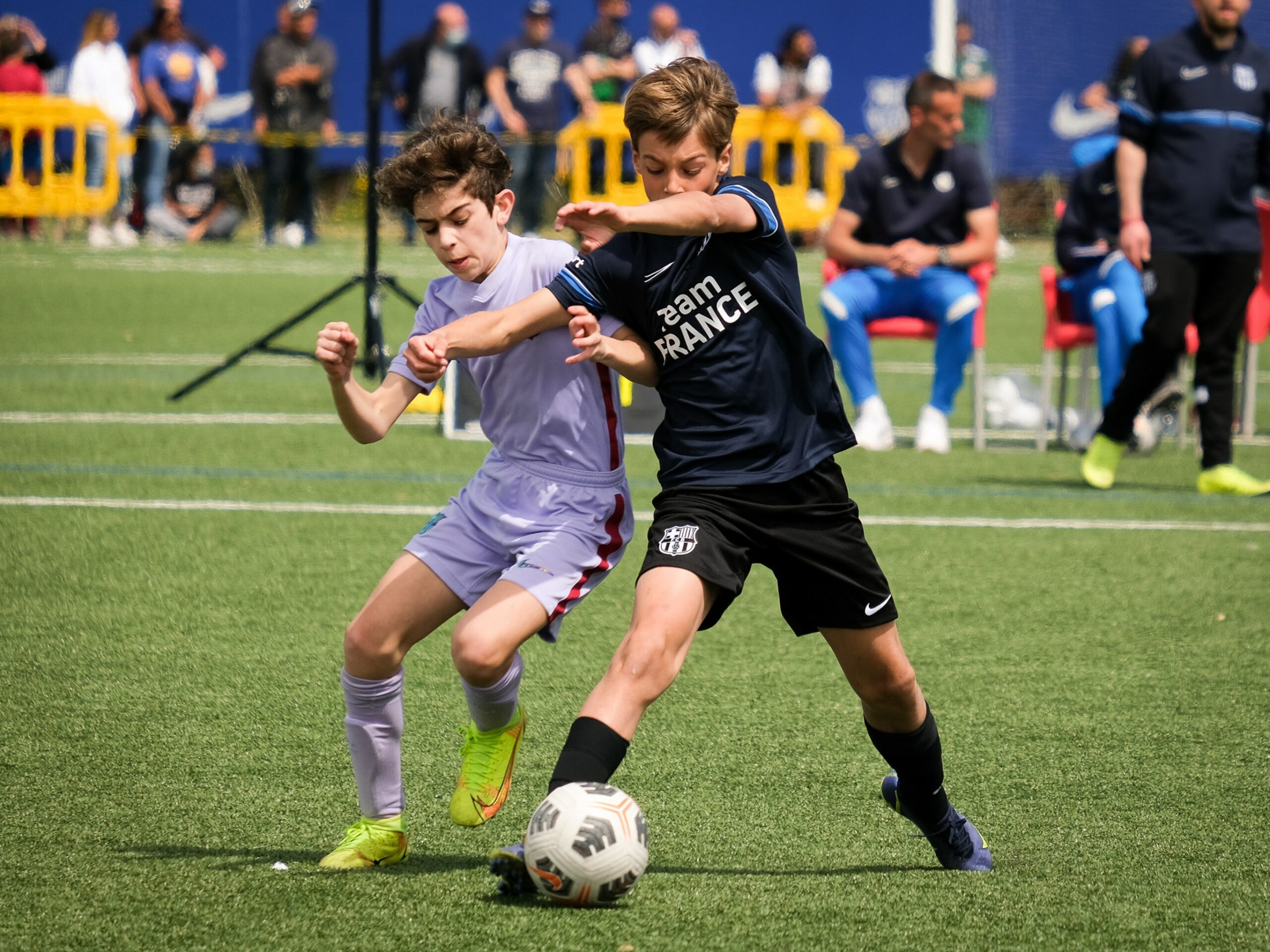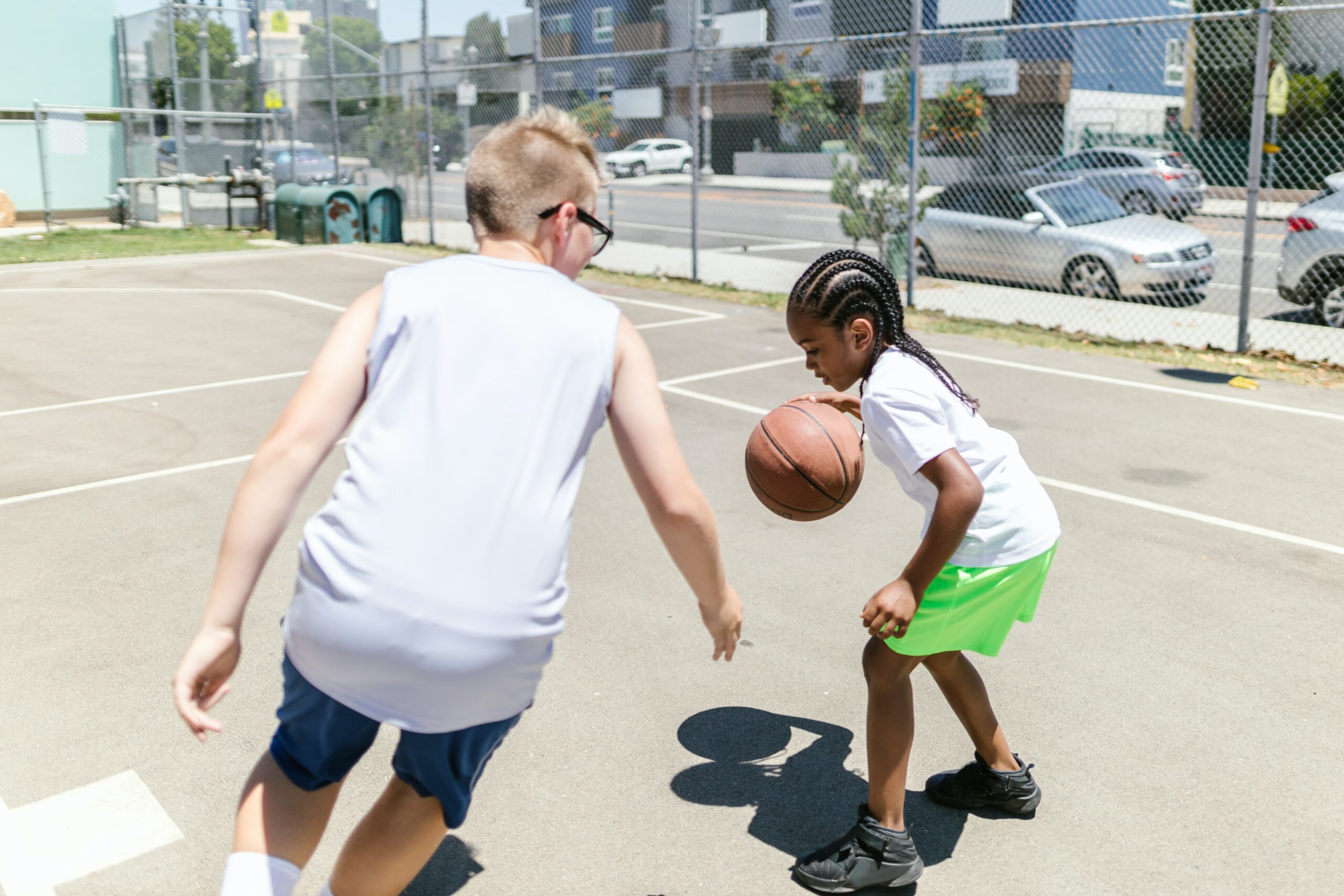 There is no question that children and teenagers who opt to participate in youth sports activities reap significant benefits. Engaging in physical activity has lifelong advantages. Along with promoting heart health, endurance, and weight management, it also fosters improved social interaction, self-confidence, and mental and emotional well-being.
There is no question that children and teenagers who opt to participate in youth sports activities reap significant benefits. Engaging in physical activity has lifelong advantages. Along with promoting heart health, endurance, and weight management, it also fosters improved social interaction, self-confidence, and mental and emotional well-being.
Nevertheless, it is important to acknowledge that there are some drawbacks to extensive sports involvement. Some young athletes pursue their chosen sports not only during specific seasons but throughout the year. Some experts advise parents to exercise caution, as sports-related injuries affect children differently than adults.
The good news is that it is possible to strike a healthy balance between adolescents passionately pursuing their beloved sports and recreational activities while minimizing the risk of sports-related injuries. All it requires is some knowledge about common sports injuries and actionable steps that can be taken to prevent them.
Common Pediatric Sports Injuries
Repetitive or Overuse Injuries
These injuries arise from repetitive motion rather than isolated incidents such as falls or collisions. Examples include “tennis elbow,” a specific form of tendonitis experienced by tennis players, and “little league shoulder, an “osteochondrosis affecting the humeral head that can sometimes afflict baseball players. Basketball players, soccer players, and football players are susceptible to shin splints due to the high-impact nature of their activities involving running, jumping, and sudden changes in direction.
Knee Injuries
Anterior Cruciate Ligament (ACL) injuries are common in sports like basketball and soccer, often resulting from sudden twisting and pivoting movements. Surgical intervention to replace the torn ligament is typically required.
Patellofemoral Syndrome can occur in any sport, particularly in adolescents who engage in running, jumping, or squatting during their activities. This condition may be attributed to the natural shape of the kneecap or an imbalance in the strength of the muscles supporting the knee.
Fractures
Acute trauma during sports or physical activities can lead to fractures. Stress fractures, however, are small breaks in the bones resulting from repetitive, high-impact pounding (e.g., running) or forceful landings (as seen in gymnastics or cheerleading).
Sprains and Strains
Many athletes experience occasional sprains or strains. Even if these injuries appear minor, they should be taken seriously and treated with rest, ice, and, if the condition does not improve as expected, evaluated by a doctor.
Concussion
The news of a child potentially having a concussion can be alarming for athletes and their parents. Concussions are classified as mild brain injuries and can occur from any impact to the head. Symptoms may include dizziness, confusion, nausea, or headaches. Any signs of a concussion should prompt immediate medical attention from the athlete, coaches, and caregivers.
Tips For Avoiding Children’s Sports Injuries
While avoiding sports injuries completely is not possible there was strategies that you can implement to help reduce the risk of injuries.
Undergo a Pre-Season Physical
Before engaging in sports activities, it is crucial for young athletes to undergo a pre-season physical examination. Many schools require this examination as part of the clearance process for participation. The exam, which considers the athlete’s medical history, physical condition, and mental well-being, ensures that they are prepared for the physical demands of the sport. It is particularly important for athletes with previous injuries to discuss strategies with their doctor to prevent re-injury and promote overall health.
Ensure Proper Equipment Usage
Using appropriate and well-maintained safety gear is vital to minimize the risk of injuries. Coaches should be knowledgeable about the recommended protective equipment for their sport, including helmets, face masks, mouth guards, footwear, and eyewear. All equipment should be certified and in good working condition. Even equipment not directly involved in protection, such as bats or rackets, should be checked for potential hazards.
Gradually Strengthen Muscles
Building muscle strength gradually is key to preventing sports-related injuries. After long breaks or periods of inactivity, it is natural for muscles to decondition. When starting a strength training program, it is important to begin with proper lifting technique without weights and then gradually increase the weight. Training all major muscle groups, including the core, is essential. Consulting with a certified physical therapist, trainer, or healthcare professional is advisable for guidance and safety.
Emphasize Stretching
Stretching is essential for warming up the muscles, improving flexibility, and reducing the risk of injuries. Both static stretching (holding a position) and dynamic stretching (continuous movement) have their benefits. Full-body stretching, from hands and wrists to feet, should be encouraged. Post-injury stretching programs can help individuals ease back into sports participation and prevent re-injury.
Prioritize Rest and Recovery
Adequate rest and recovery periods are essential for young athletes. Without proper rest, the body may be more susceptible to acute or overuse injuries. Participating in multiple sports or incorporating rest periods during the off-season can help prevent injuries and avoid burnout. Planning for rest and recuperation is important for the overall well-being of young athletes.
Maintain Hydration
Proper hydration is crucial to avoid dehydration and potential heat-related conditions. Children involved in rigorous activities may easily overlook the need for adequate fluid intake. Signs of dehydration include headache, nausea, vomiting, and dizziness. Ensuring access to water and healthy beverages, as well as providing hydrating fruits, can help keep young athletes properly hydrated during practices and games.
Promote a Healthy Diet
A nutritious diet is vital for growing athletes, especially during periods of physical activity and growth spurts. Encourage a balanced mix of fruits, vegetables, proteins, and whole grains. Having these options readily available at home or during sports events can help young athletes maintain energy levels and support strong bones and muscles.
Follow Safety Guidelines and Techniques
Staying informed about the latest safety guidelines and recommendations from reputable organizations like the American Academy of Pediatrics (AAP) and the American Academy of Orthopedic Surgeons (AAOS) is crucial. These organizations provide valuable insights and certifications for proper protective equipment and techniques. Additionally, various sports organizations establish guidelines for specific sports to ensure safety and prevent injuries, such as pitch count guidelines in baseball.
If your child does have a sports injury call Frontier Pediatric Partners today!



